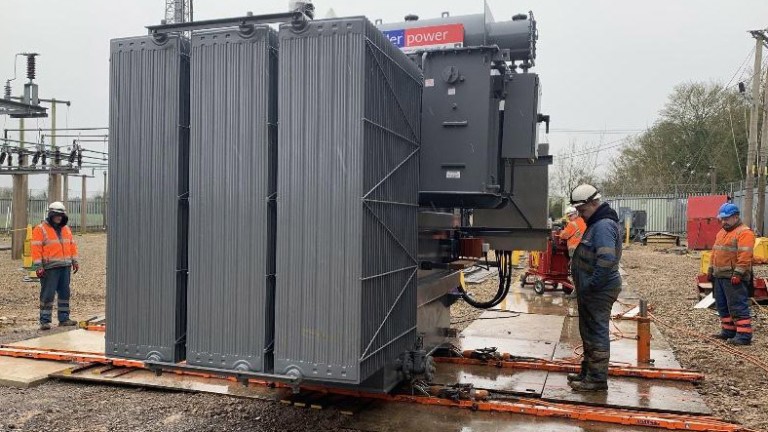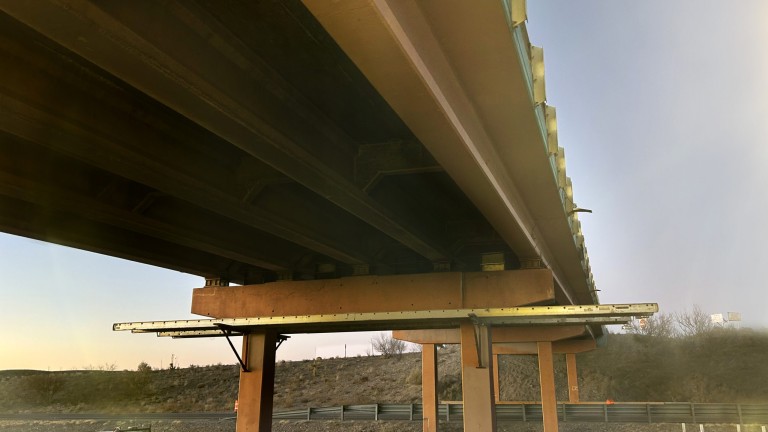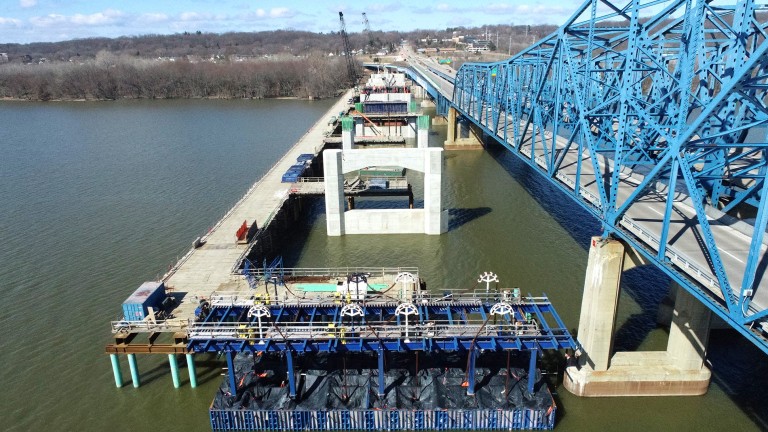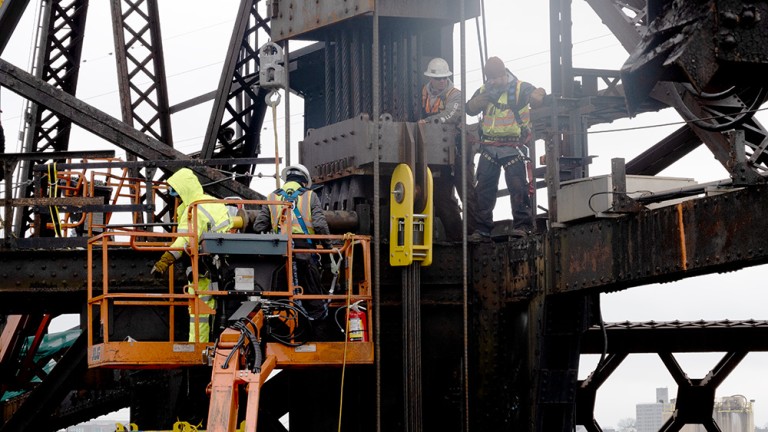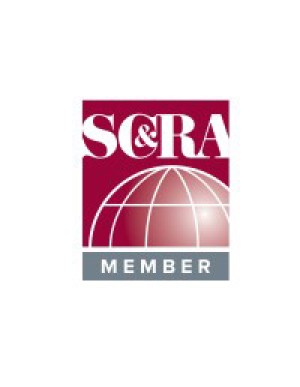
Setting a generator is always a big undertaking. However, when Edwards’ Moving & Rigging was contracted by a new combined cycle plant in the Northeast, there were two logistical challenges that fell outside of the norm. The 60-year-old company called the heavy lift experts at Engineered Rigging to discuss possible equipment solutions.
Their first concern was the tremendous weight of the generator. To address schedule shifts, the plant had decided to ship the generator threaded, which significantly increased the weight to 873,500 pounds.
The second obstacle was that the site’s construction sequence prevented the generator being set from the end of the pedestal. It would need to be lifted from a transverse position rather than a linear position. Safely managing the load with the misaligned center of gravity was of paramount consideration.
“Talking through each element of the project helps us to fully understand our client’s needs. Sometimes, we identify additional concerns that the client has not considered. It’s a value-added service that we provide to every Engineered Rigging customer,” shared Christopher Cox, P.E., Founder and President of Engineered Rigging.
After a careful analysis, Engineered Rigging recommended a large capacity gantry systemfor the job. The Enerpac SBL1100 was chosen for its high load capacity, ability to travel, and ease of operation. Renting the gantry from Engineered Rigging’s Arkansas facility was the convenient and optimal solution, as Edward’s fleet was fully utilized at the time of the project.
To overcome the project challenges, the Edwards’ team positioned the gantry system perpendicular to the generator using custom-built, lightweight long-span box girder beams with a 660-ton capacity and 60 feet of gantry track. Additionally, Edwards inserted timber mats to rectify inadequate ground bearing pressure on one side of the pedestal.
Next, a self-propelled modular trailer (SPMT) was used to transport the generator from the rail siding into the building. The trailer was transversely positioned at a point significantly off the centerline. Using the gantry’s ability to travel and Edwards’ 660-ton side shift system, the generator was safely lifted onto the elevated pedestal.
“One of the major differences that sets Engineered Rigging apart is our full array of in-house services extend beyond heavy lifting equipment rentals, sales and service to include contract engineering and design/build services. We hang our hat on our ability to be a true partner on our clients’ projects,” shared Cox.
How To Choose the Best Gantry for Your Project
There are 10 important considerations when selecting the best gantry for your job:
- What is the capacity of load, location and total lifting points?
- What height is required under the lift beam? Higher lifts may require higher capacity gantries.
- What is the length and capacity of your rigging gear (slings & chokers)?
- What is the capacity and length of the lift beam
- Is there a side shifting load?
- Will that gantry be ground bearing?
- What are the plant or project work area requirements?
- What are the travel requirements?
- Is track required? How much? Cribbing / Matting?
- Will the power source be?
- What is the project forklift capacity for unloading at the project site?
Engineered Rigging’s team of heavy lift equipment experts are here to help you select the best gantry for your needs! If needed, our in-house engineers can also provide engineered drawings and lift plans. Please contact us to discuss your gantry selection:

